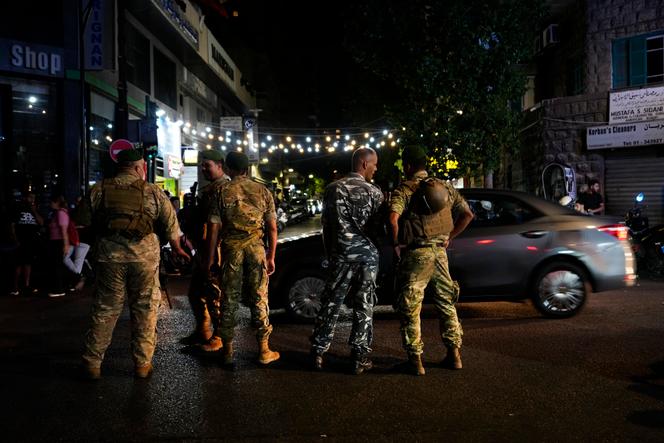


The simultaneous explosion of thousands of pagers belonging to Lebanon's Shiite party, Hezbollah, on Tuesday, September 17, in Gaza, Lebanon and as far afield as Syria remains a mystery. However, the details of how this unprecedented attack was carried out are becoming clearer. Below is an overview of the main elements.
Nearly 24 hours after the explosion of pagers used by Hezbollah agents and fighters, which left nine dead and over 2,800 injured, experts are reaching a consensus on how this unprecedented attack was orchestrated. It was not a simple hack to overheat the batteries of these rudimentary devices, it was most likely a so-called "supply chain attack" operation. A few grams of a powerful explosive were inserted into the pagers intended for Hezbollah, effectively turning the communication devices into bombs.
The explosions filmed, particularly in Lebanon, and the injuries sustained by the victims, show that the explosions were relatively powerful. While batteries can explode if overheated in exceptional circumstances, the resulting detonations are usually of low intensity. Olivier Simon, technical director of DXOMARK and battery expert, confirmed to Le Monde that "the probability of explosions seems very high. An exploding battery normally emits flames. However, on the videos, we don't see any." Security sources in the US and other countries have confirmed to several media outlets that the explosives were placed in the pagers and detonated by Israel from a distance.
"Clearly, it's an explosion, it's not a battery that explodes, in the 'lithium explodes' sense," a former French intelligence officer told Le Monde. "It means that the batteries were modified, with 10 to 20 grams of explosive, something like that."
Israel, directly accused by Hezbollah, had not yet officially reacted on Wednesday morning. However, given the highly technical nature of the operation, which must have been the work of one or more highly advanced intelligence services, the timing of the attack and the nature of the target leave little doubt that Israel was involved. Similar incidents have occurred in the past, like in 1996, Yahya Ayyash, considered Hamas's main bomb-maker, was killed when his cell phone exploded, which contained 15 grams of the powerful explosive, RDX. The attack was attributed to Shin Bet, Israel's domestic intelligence service.
According to security sources quoted by Reuters, 5,000 pagers were affected by the addition of explosives, but only 3,000 were detonated. They would have been modified during production and imported by Hezbollah in the spring. "The Mossad injected a board inside of the device that has explosive material that receives a code. It's very hard to detect it through any means. Even with any device or scanner," an anonymous senior Lebanese source told the news agency.
You have 57.29% of this article left to read. The rest is for subscribers only.
